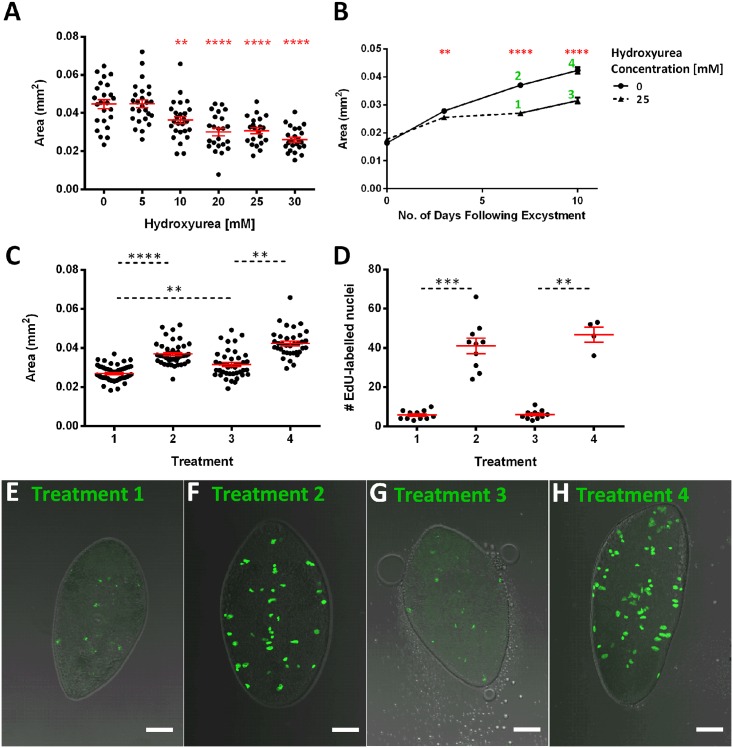Fig 7. Inhibition of growth with hydroxyurea indicates a role for neoblast-like cells in growth and development.
A—Hydroxyurea (HU) produces a concentration-dependent inhibition of worm growth over a 7 day period in RPMI+50% CS; B—7 days HU (25 mM) exposure slows the rate of growth in juveniles maintained in RPMI+50% CS, following HU removal growth rate increases during a subsequent 3 day recovery period. Numbers beside points refer to figures below; C—Increase in worm size following removal of HU (1 vs 3) suggests recovery of growth; D—EdU accumulation does not recover significantly following HU removal. E—EdU labelled nuclei in juveniles maintained in RPMI+50% CS and 25 mM HU over 7 days as seen in ‘Treatment 1’ in B; F—EdU labelled nuclei in juveniles maintained in RPMI+50% CS over 7 days as seen in ‘Treatment 2’ in B; G—EdU labelled nuclei in juveniles maintained in RPMI+50% CS and 25 mM HU for 7 days before HU is removed as seen in ‘Treatment 3’ in B; H—EdU labelled nuclei in juveniles maintained in RPMI+50% CS over 10 days as seen in ‘Treatment 4’ in B; in all graphs mean +/-SEM is presented (shown in red on scatter graphs); in scatter graphs each data-point represents a measurement from an individual worm. Statistical analyses were performed using One Way ANOVA with Dunnett’s post hoc test against untreated “0” sample (A), t-test on days 3, 7 and 10 (B) or Kruskal-Wallis test with Dunn’s post hoc test to compare medians with all other medians (C, D). **, p<0.01; ***, p<0.001; ****, p<0.0001.

